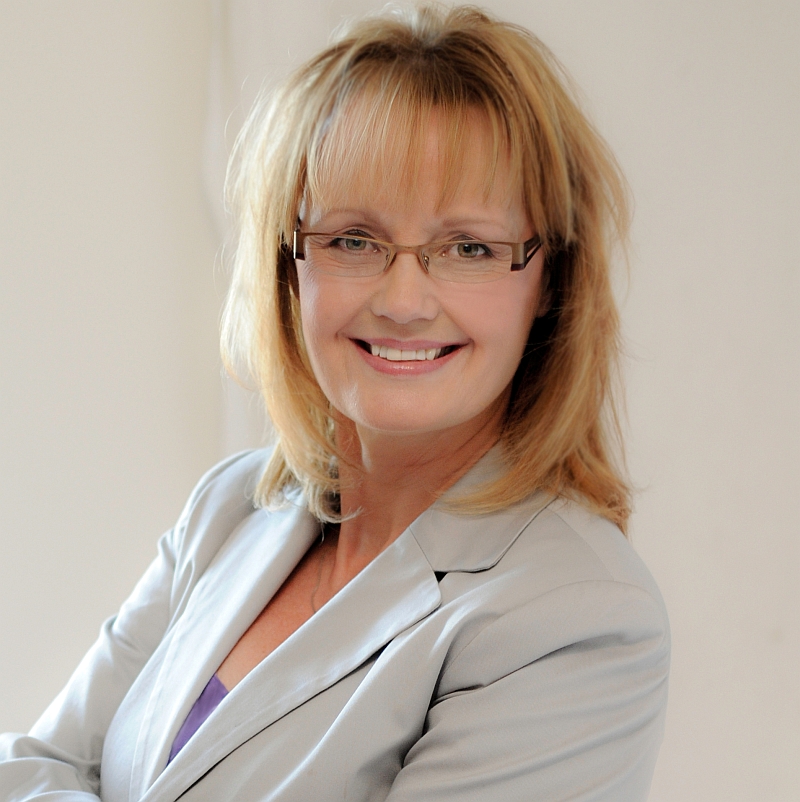How Peer Support Helps Alleviate Loneliness in Senior Care Residents
Part 2 of a 2-part series on addressing the loneliness epidemic in senior care
In part one of this article, we introduced you to several strategies to help address loneliness in senior care residents. Those strategies included relationship building, personalized care, and technology. In part two, we’ll share how peer therapy can also play an important role in alleviating loneliness and forging important social connections among residents.
The Importance of Peer Support

Dr. Kristine Theurer, PhD, founder and president of Java Group Programs
Dr. Kristine Theurer, PhD, founder and president of Java Group Programs, worked in senior living homes for more than 20 years. “During that time, I saw so much loneliness,” says Dr. Theurer. As director of recreation, Dr. Theurer created a full schedule of programs with activities seven days a week. “I thought, “How is it that so many people are so lonely, and yet there’s a social calendar full of activities?” It was a relentless diet of entertainment and distraction. The loneliness was still there, and staff knew it was there, but there wasn’t enough of us to go around,” she says.
It was Dr. Theurer’s own experience with a peer support group that prompted her to see it as a potential solution for residents, too. Dr. Theurer’s brother committed suicide when she was a teen, resulting in grief that she carried into adulthood. A trusted friend brought Dr. Theurer to a grief support group, and though she went reluctantly, her connection with the friend was enough to convince her to try the group. “It was so amazing,” she says. “It was wonderful to sit with people who understood what I was going through. I laughed and cried with them, and I healed with them. It’s not because the problem goes away, but I was no longer alone. The unbearable suddenly became bearable. That’s the power of peer support groups.”
Having experienced the power of peer support for herself, Dr. Theurer wondered why they weren’t being used in senior care. She started one group and promptly encountered challenges, including members who didn’t get along and a member who dominated the conversation.
Realizing the group needed structure, Dr. Theurer spent three years working with the residents and learning what they wanted and needed. She implemented a talking stick to help better channel the conversation and added music. She also incorporated photos, quotes, and readings. Dr. Theurer evaluated the group as part of her master’s degree and developed two other programs.
The Java Group Programs
Those programs, the Java Group Programs, are standardized peer support interventions. They are designed to address depression and loneliness in senior living, and have been implemented in long-term care homes, memory care, assisted living, retirement homes, adult day cares, hospitals and community centers. Today, the programs are in use in over 1,600 organizations throughout North America.
The programs include Java Music Club, a program incorporating themes, photography, music, readings, and the talking stick. The Java Memory Care Program is an adaptation of the Java Music Club, and helps to improve the quality of life for residents living with late-stage dementia.
Java Mentorship is a program designed to reach residents who are difficult to engage. “Typically, the same 30% of residents come to everything that’s on the calendar,” says Dr. Theurer. “The other 70% is isolated.” Through the Java Mentorship program, teams of residents and volunteers meet weekly and discuss which residents are lonely and isolated in the community. The residents and volunteers receive 26 education modules on how to be a great mentor, including how to navigate conversations when visiting residents. Then, they pair up in twos and go to visit residents. “When you have three people in a room, that forms a group,” explains Dr. Theurer. “Groups are much more effective in dealing with loneliness than one-on-one.” These small groups build a relationship of trust with the resident, and then the pair invites that resident to come to the group meetings. As that resident connects with the club, they can then go on and visit with and invite another resident.
“It’s so powerful, because it’s focused on peers helping peers,” says Dr. Theurer. “When a friend asks you to go to something, you’ll go.”
Growing Peer Support in Senior Care Settings
Senior care organizations can purchase and start the programs relatively quickly. The training is 1.5 hours long, and is delivered via Zoom. Each program is implemented individually, and the Java team offers ongoing support to answer questions.
“I think the understanding of the importance of peer support is growing,” says Dr. Theurer. “Back in 2011 when we first started working with the programs, I thought I would go home by home throughout Canada, but we’re in over 1,600 organizations now.” While anyone can do peer support, sustaining those groups over time can be a challenge, which is where the standardized Java groups are helpful. She explains that the structure of the programs is very different than a group of residents sitting around and thinking that they are connecting when they have lunch. “They talk about the weather, or what they’re wearing. They don’t know each other at all,” she says.
The power of the groups lies in the genuine connections that residents make. “I encourage staff to be real and vulnerable,” says Dr. Theurer. “It gives other people the permission to do the same. I think for residents, it’s a safe place to share, and they figure that out right away.”

Paige Cerulli is a contributing writer to i Advance Senior Care.
Related Articles
Topics: Activities , Featured Articles , General Technology , Information Technology , Rehabilitation , Resident Care , Technology & IT , Training











